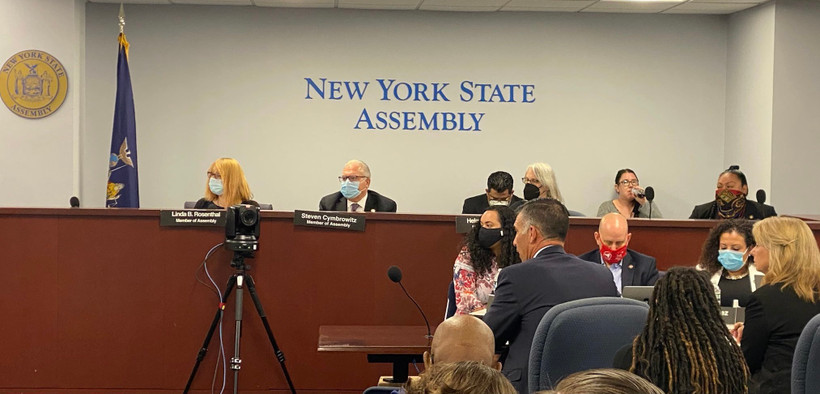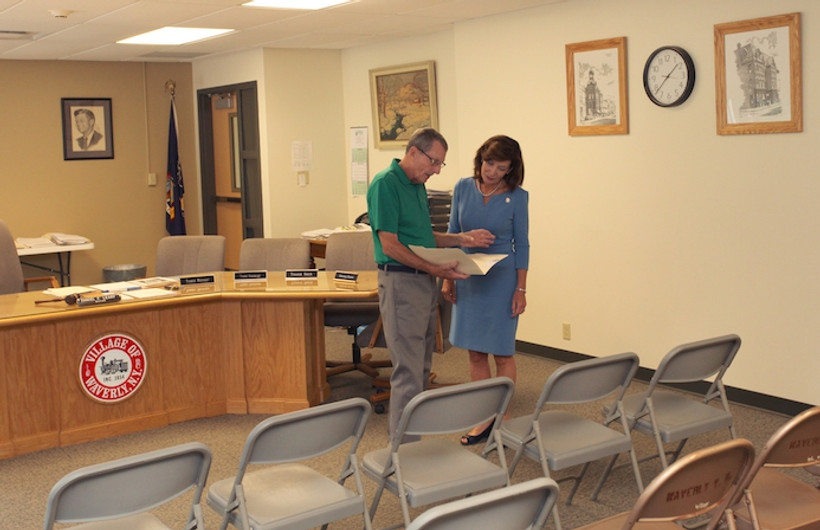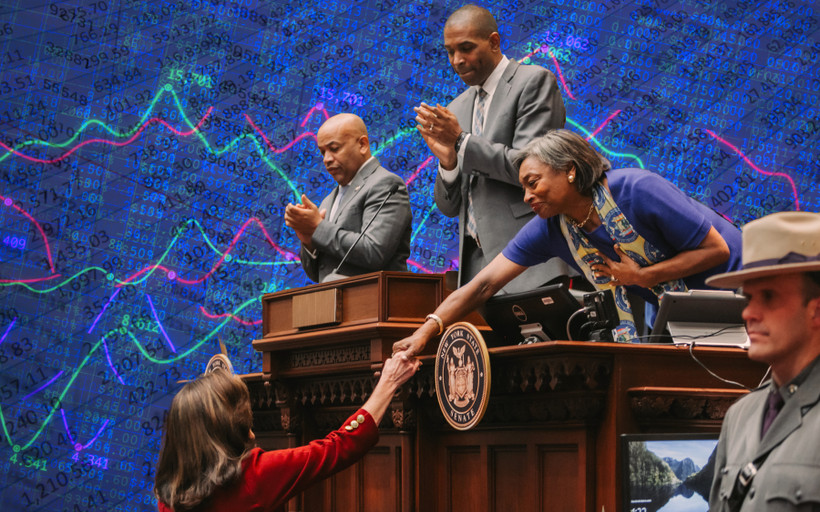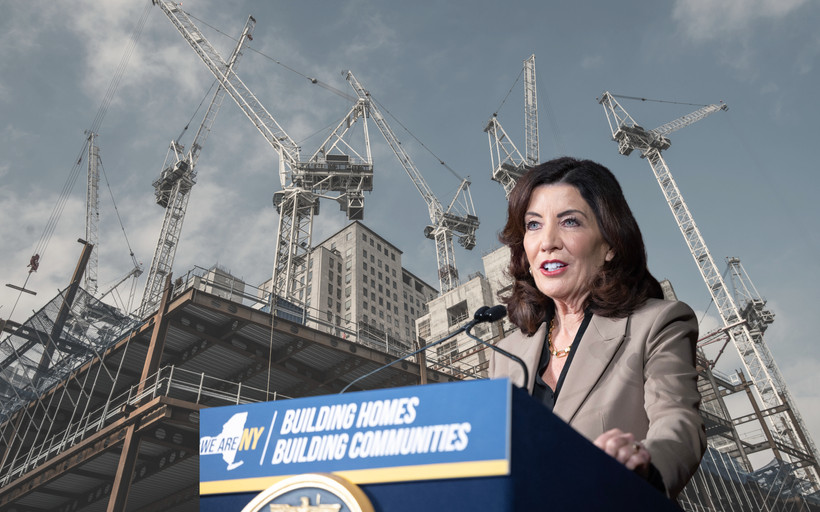Why Isn’t New York Offering Paper Applications for COVID Rent Relief?
The $115 million state contract for administering the program required a paper application. Without it, tenants who can’t access technology may be getting left behind.



A version of good cause eviction and new hate crimes are in; new taxes on the wealthy and education cuts are out. Here’s where things landed in this year’s budget.
The Assembly rejected legislation that would have sped up New York’s transition away from gas.
Low-wage manual laborers can sue to make their bosses pay them weekly. Hochul’s late-breaking budget addition may undermine that right.
It’s the first step New York has taken to address its housing shortage in years — but tenant groups are fuming and real estate wants more.
New York has one of the weakest consumer protection laws in the country. This year’s state budget may change that.
Hochul’s proposed Medicaid cuts include $125 million from Health Homes, a program that connects the neediest New Yorkers with medical care, food assistance, and more.
As real estate developers resist wage guarantees and try to roll back tenants’ rights, a potential budget deal is at an impasse.
What are industrial development agencies?
The county is ready to restart real estate subsidies after a two-year pause. Residents fear it won’t fix their housing crisis.



